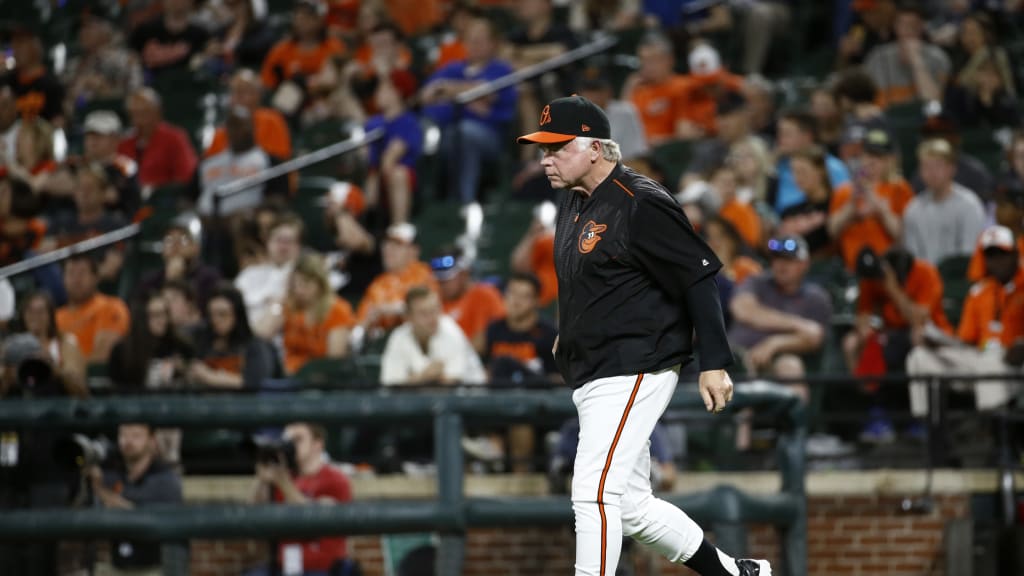
Baseball is chock full of odd habits and conventions that, through decades and decades of use, we've all normalized as "tradition" -- not to be trifled with, or touched, or thought about for too long. Why is the foul pole in fair territory? Why is it called a shortstop? Why do we all, in unison, get up and stretch in the middle of the game?
But of all the game's curiosities, one might be the most curious of all: To this day, managers are still the only coaches in American professional sports who suit up in uniform, just like their players. Bill Belichick would never strap on shoulder pads. No one ever asks Gregg Popovich to throw on a tank top. And yet, here are the venerable skippers of MLB -- all shapes, sizes and ages -- looking like they're about to be asked to take some hacks in the batter's box.
Which begs the question: ... why?

The answer, as is so often the case with all of the most wonderfully weird features of our national pastime, dates back to the late 19th century. In baseball's early days, the word "manager" meant something slightly different: It referred to a team's business manager, the person tasked with keeping the books and arranging travel and generally making sure that everything ran smoothly. The person that we think of today as a manager -- i.e., a team's strategic leader, settling on lineups and making pitching changes -- was simply known as the captain.
That captain wore a uniform -- because, by and large, he was a player himself. Initially it was a practical concern: Early teams simply didn't have the resources to think about hiring a separate coach. But as the game became increasingly professionalized (and increasingly specialized), responsibilities of both player and coach grew, and the roles began to differentiate. (According to MLB official historian John Thorn, the word "manager" stopped referring to business managers and started referring to the people making on-field decisions around 1900.)
Still, the sartorial tradition continued. There have been contrarians, of course: Legendary Philadelphia A's skipper Connie Mack, who began his managerial career doing double-duty as a player-manager, famously wore a suit in the dugout during games.

And MLB's rulebook has never officially mandated a certain managerial dress code. The closest it comes to weighing in on the subject is in its Definition of Terms, in which a coach is defined as any "team member in uniform appointed by the manager to perform such duties as the manager may designate, such as but not limited to acting as base coach."
Even Rule 4.07, which deals with on-field security, stipulates that "no person shall be allowed on the playing field during a game except players and coaches in uniform, managers, news photographers authorized by the home team, umpires, officers of the law in uniform and watchmen or other employees of the home Club" -- which seems to imply that, while coaches need to be in uniform, managers themselves can dress as they see fit.
But despite that leeway, most everyone has chosen to stick with the uniform. Maybe it's because the player-manager role, while almost unthinkable now, remained popular into the 1950s and '60s, further reinforcing the notion that the skipper was as much part of the team as the starting pitcher. Maybe it's because most managers used to be players, and in the words of Thorn, "no matter how old you get, between your ears you think you're a baseball player."
Just ask Bobby Cox, who didn't just wear a uniform -- he took it all the way, complete with a cup and spikes.
"You never see a manager wearing actual cleats. … It was hilarious," Adam LaRoche once recalled of the Braves' Hall of Fame manager. "It's just his style. He went from playing right into coaching and managing and never took his cleats off."
Whatever the reason, we're glad it's stuck around, if only because kicking up dirt in a fury would seem much less likely in dress shoes.